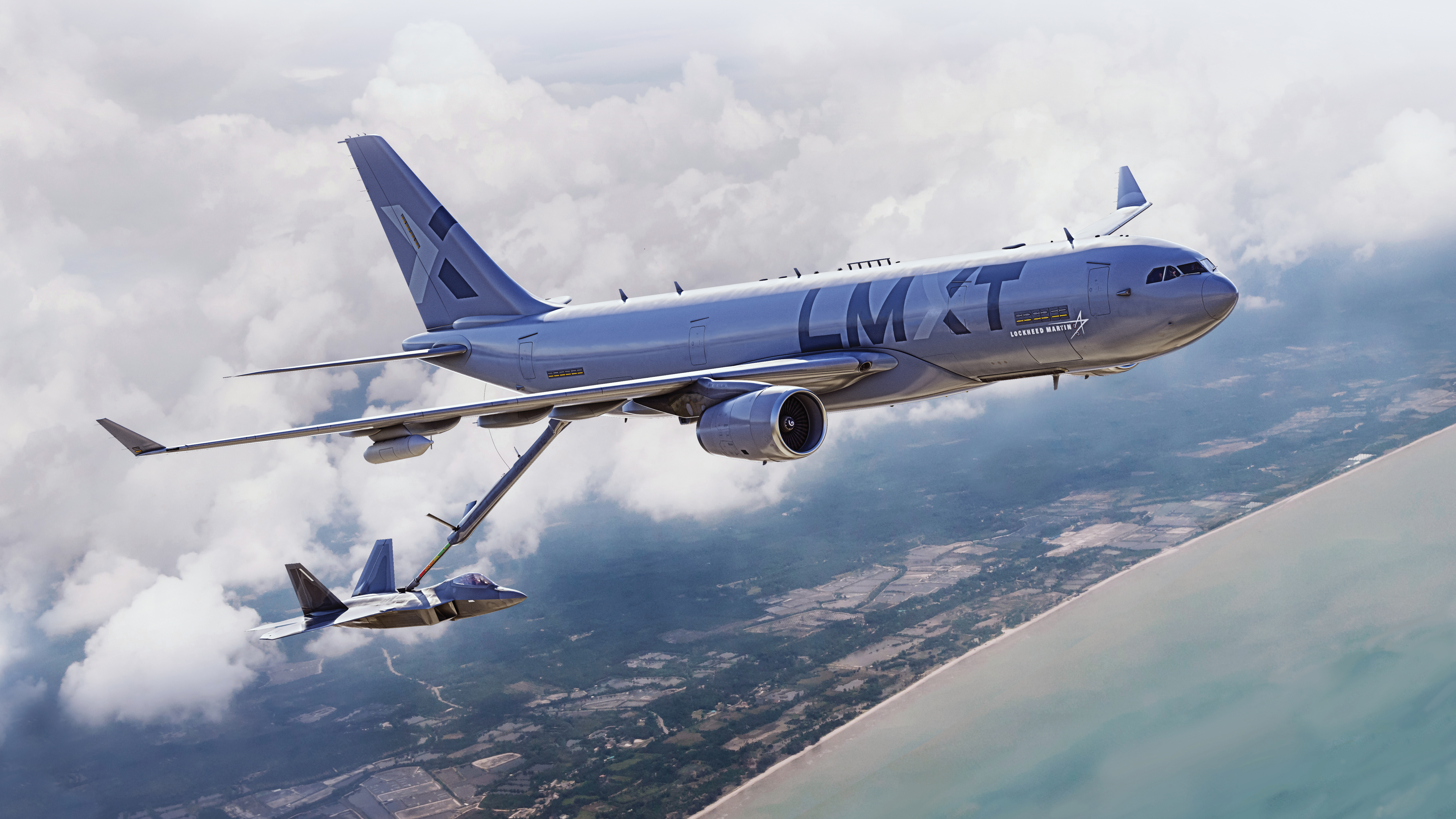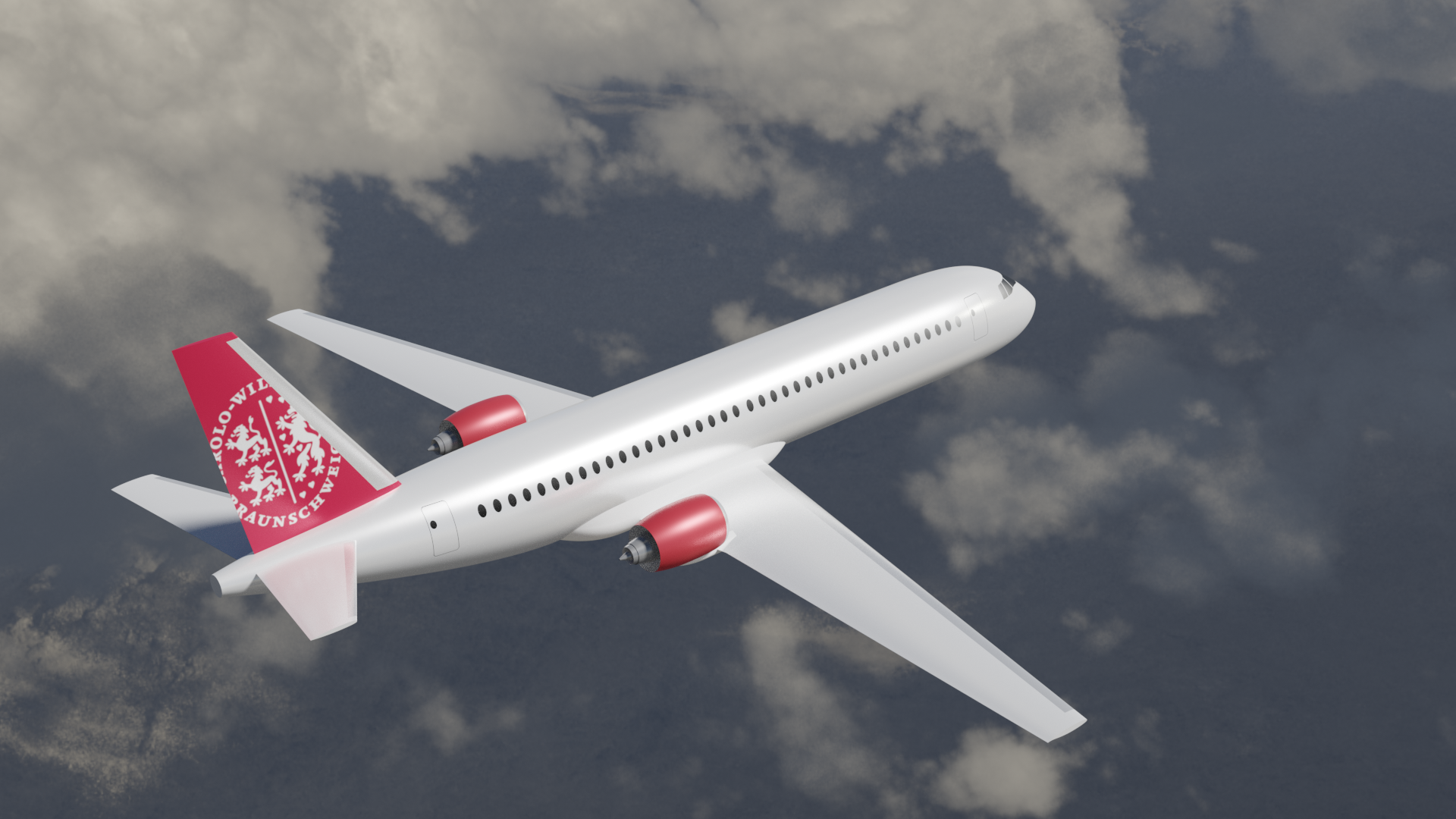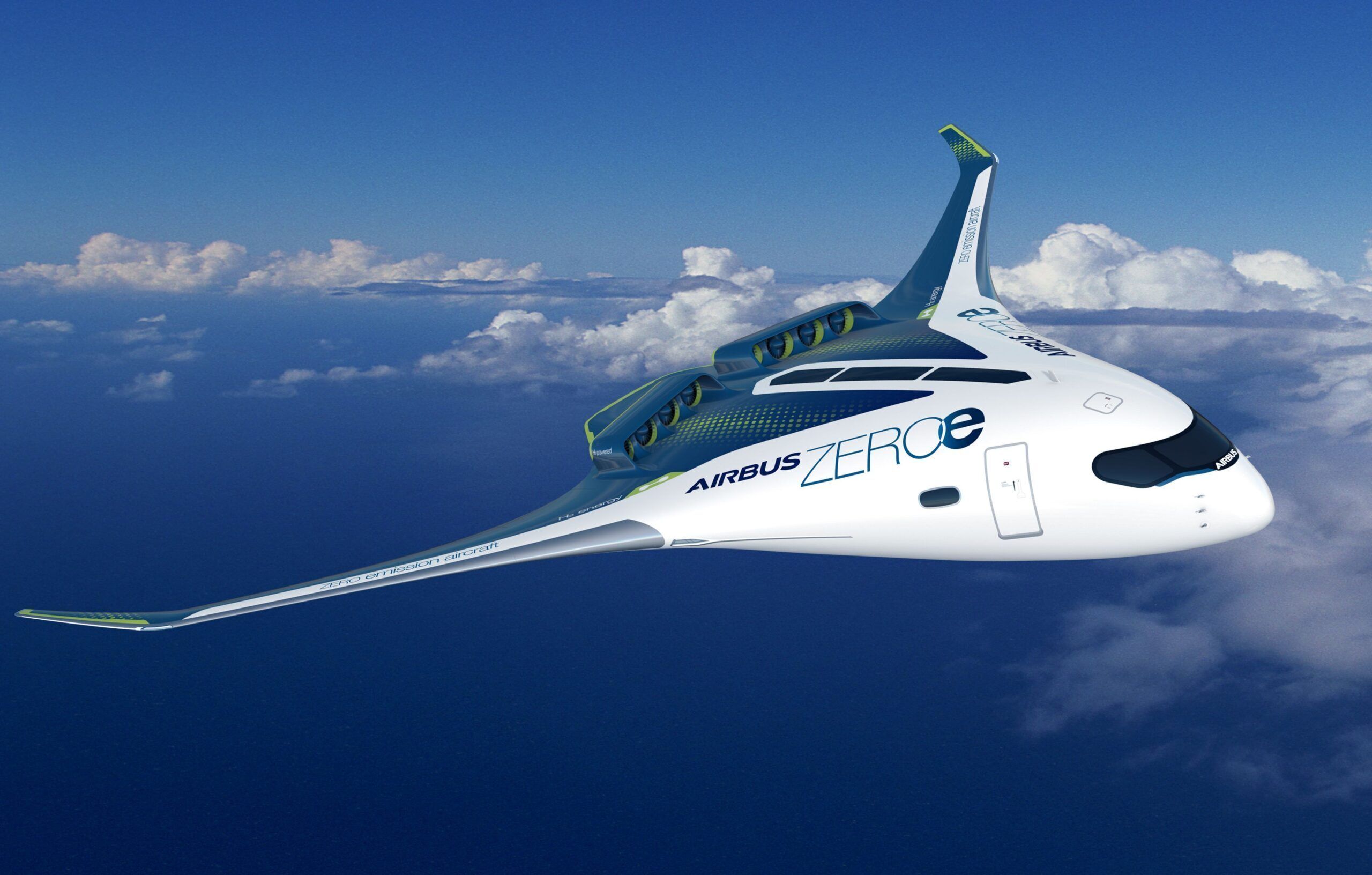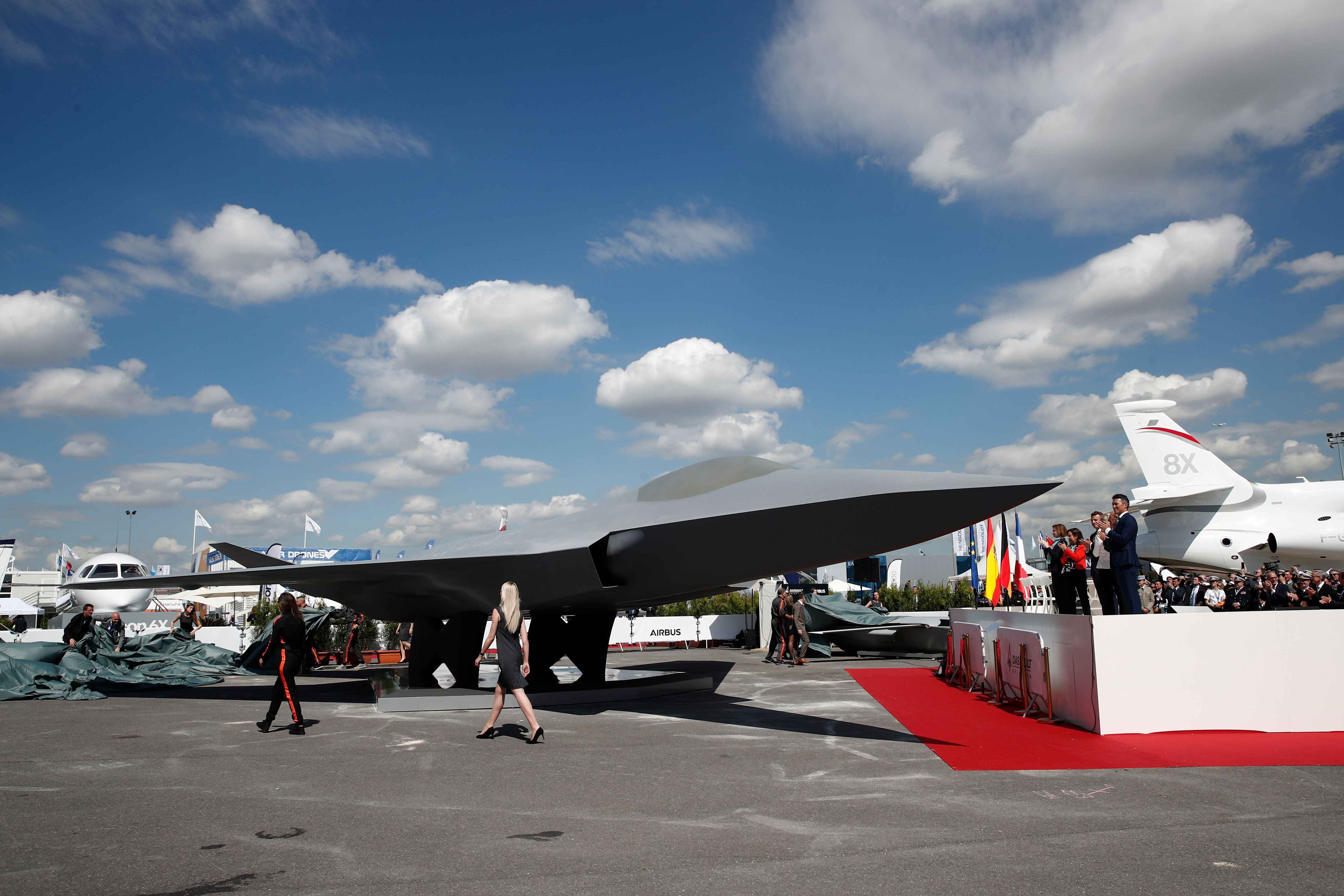Next Aircraft - Malek: Hyperloop as a technology is very interesting. The idea is that you're cutting down on things like drag and friction to move efficiently. When you think about bringing hyperloop into reality, you have to start thinking about how to build out that infrastructure, how to make it accessible, how to match it with a business case and how to make sure that it's resilient to changes.
And so as we look at the future opportunity for hyperloop, it's not, 'is the technology ready?' I'd say it's there. It's really about if the infrastructure is ready and how we adopt and deploy it.
Next Aircraft

Thankfully, 2021 has got off to a better start for the company. With aviation safety agencies worldwide now recertifying the 737 MAX, a flurry of deliveries has followed. Elsewhere in Boeing's portfolio, yesterday also saw its first 787 'Dreamliner' delivery since October.
A Direct Axlr Competitor?
However, while working through its delivery backlog is one thing, the company will also have its mind on the longer-term future. Let's take a look at what some of its next aircraft might be. Journalist - A graduate in German, Jake has a passion for aviation history, and enjoys sampling new carriers and aircraft even if doing so demands an unorthodox itinerary.
A keen amateur photographer, he also recently reached the milestone of flying his 100th sector as a passenger. Based in Norwich, UK. A logical basis for such a competitor would be something similar to Boeing's previous 757 family.
Between 1981 and 2004, Boeing produced over 1,000 of these narrowbodies. They had sufficient range for 'long thin' transatlantic routes such as Continental Airlines' former service from Newark Liberty International (EWR) to Bristol Airport (BRS) in Somerset, UK.
And indeed, a concept like this may yet come to fruition in the future. After all, bizjournals.com reported earlier this week that Boeing was in discussions with numerous aeronautical suppliers regarding such a project. This would represent a fascinating new direction for Boeing.
Where Is Boeing At Right Now?
Before the pandemic, Boeing had already been struggling with the fallout of the grounding of the Boeing 737 MAX. This came about in March 2019 after two similar fatal accidents involving the type within months of each other.

The difficulties that arose from this situation were then compounded by the pandemic, resulting in a $12 billion loss for the company in 2020. Last year was also Boeing's worst on record in terms of order cancellations.
Its various options going forward also represent an interesting change in its relationship with Airbus. The European manufacturer previously developed aircraft such as the A350 and A380 as a response to Boeing products. However, in looking to compete with aircraft such as the A321XLR, this dynamic appears to have shifted somewhat.
In any case, Boeing has several paths to consider when it comes to developing its future aircraft. So where is Boeing at with the NMA as it stands? Simple Flying reported last month that the company may be considering a three-aircraft family for the NMA.
Renewed Hope For The Nma?
The smallest variant of these will be able to compete with the Airbus A321XLR, which many are touting as a potentially game-changing aircraft. But what if Boeing were to produce a direct single-aisle competitor instead? Malek: A lot of what we hear about in the news today in terms of autonomous cars is a system that's mostly able to drive itself.
It uses sensors to see around the vehicle and then it has special computers on board to be able to take in basic map information and figure out how it should get from point A to point B. Those technologies are in testing and development, and I think
It's very exciting to see the progress. Malek: Some of the key pillars that are really critical for that to be successful are accessibility. How easy are the mobility solutions to get to? How frequent are the services running?
What areas are covered? Can people really get to where they need to go or have their goods brought to them easily? It's really making sure that everyone has a couple of options. And as we look towards the future, we also need to think about sustainable transportation.

What About A Future Small Airplane?
By 2017, Boeing had generated a reasonable amount of interest from airlines in its proposed NMA. However, it soon had a larger problem on its hands that demanded a faster resolution, namely the 737 MAX crisis.
As such, even before COVID-19 brought the industry to a halt, Boeing shelved its NMA plans and sent the project back to the drawing board. The Airbus A321XLR is a strong example of an increasing trend that is beginning to sweep the airline industry.
Specifically, this is the use of narrowbody aircraft on longer-haul flights. In the last 12 months, the coronavirus has caused a significant drop in passenger demand. Malek: As I think about 2050 and how we'll get around, the thing that gets me most excited is really the variety of options that we'll have at that time.
People will still be biking, people will still take buses – but really, it's about the ability to choose the best option for the trip that they need to take. Boeing will be hoping that 2021 represents a more successful year that allows it to put the difficulties of 2020 to the back of its mind.
Of course, the ongoing coronavirus pandemic heavily impacted almost every facet of the airline industry, and Boeing was not the only company to suffer. However, the timing of the global crisis was also far from ideal for the manufacturer.
Transportation is among the largest contributors of carbon production, responsible for about 37% of global greenhouse gas emissions. As urban planners look to the future, many are focused on sustainability, including a shift away from traditional gas-fueled vehicles.
US aircraft manufacturer Boeing is often credited for having catalyzed the 'Jet Age' by launching its popular 707 series in the late 1950s. Since then, it has become an industry juggernaut. Today, it forms one half of the powerful Airbus-Boeing manufacturing duopoly.

These two companies have a dominant share in various different airliner markets. To date, each has produced numerous successful aircraft families, but what should we expect from Boeing going forward? This is because, in a post-COVID market with potentially less demand, its lower capacity will make it a more efficient choice for longer routes with fewer passengers than there would have been before the virus struck.
The new aircraft would also provide welcome relief for carriers looking to replace their aging 757s and 767s without investing in the larger 787. But as we look towards 2050, I think where we're really going to see this technology take off is in the commercial space, where you have shorter trips.
When we think about being able to drive in every city, every dirt road, every country highway – that's a lot to try to validate for. And so when we think about where these options can scale first, it's going to be in these simpler areas.
In some cities it might look like transportation from an airport to a downtown, so your next taxi or Lyft ride could be autonomous. When I think about 2050 and the types of technologies that might be brought to bear in transportation, I think we're going to see iterations of things we're already seeing today, like electrification.
And I do think we'll start to see other new technologies starting to make their way in. But what's critical is that they find an opportunity that's aligned with a business need. Malek: When I think about my hopes and dreams for the future of transportation, it's really that we focus on the broadest sense of what we, as people, need from our transportation systems, and start with that as our organizing principle.
Historically, we've started with 'what do cars need, what do planes need?' But planes and cars are here just for us. And as I look to the future, it's not necessarily one technology, but really this philosophy: how we use different solutions that are the right size for the type of job that they're trying to serve.
A Boeing concept that has been in the pipeline for several years now is its so-called 'NMA.' This designation stands for 'New Midsize Airplane,' and, in terms of Boeing's numbering system, it would likely be designated as the 797. Boeing initially proposed this seven-abreast, twin-aisle plane as a solution to fill the market between existing widebody

and narrowbody planes. This could result in there being a market for Boeing to produce a Future Small Airplane (FSA). This may be a natural replacement for the 737 MAX. Alternatively, based on changing trends in passenger demands, perhaps it could compete more directly with the Airbus A220.
Either way, while a short-haul workhorse that isn't a 737 or A320 variant could prove to be something of a culture shock for the industry, it may also represent an exciting change. Malek: So we've seen supersonic planes in the past and I do think we'll see supersonic planes in the future.
As we think about advances and also the increases in global travel, I do think there's demand. What's changed from the 2000s when we saw this previously is a push towards sustainability. So now it's no longer just a question of will we see supersonic planes, but will they be fueled by net zero carbon fuels?
And I think that that really needs to be a critical part of the conversation as we look towards that opportunity in the future. This, in turn, has seen long-haul narrowbodies become an increasingly central aspect of discourses concerning the future of commercial aviation.
While the Boeing NMA is an exciting concept, it differs from the A321XLR in being a twin-aisle design. Therefore, to compete directly, Boeing may find that it is better off developing a single-aisle direct competitor for it.
On the other hand, Boeing may choose to concentrate its efforts towards the shorter-range end of the spectrum. Currently, the single-aisle short to medium-haul market is dominated by two of the world's best-selling commercial aircraft families.
These are the Boeing 737, which has sold just over 10,000 units, and the Airbus A320, which comes in just below this mark. It's these inventions of the past that could help inform the future, leading the way for new scalable and accessible modes of transit – ones that will look very different from what began rolling off Ford's assembly lines more than a century ago.

It's the home of Henry Ford and the first moving assembly line, rightfully earning the nickname “Motor City.” Known the world over as a leader in transport innovation, Detroit, Michigan puts the world on wheels, says Alisyn Malek, an urban mobility expert and a native of the metro area.
Malek: The technology is absolutely there. It works. We need to make sure it's safe and verified and really has been validated in the same ways that airplanes are. When you think about passenger transportation in new forms, there's a much higher bar in terms of safety that needs to be met.
And that is some of the work that's being done right now. But I think over the next 20 years we'll be seeing more eVTOL use in the movement of goods. When we think about short term flights that are only over land, usually you're not going to use a supersonic jet because you'll impact a lot of the people below the plane with the boom, so it's going to be a lot of crossing
ocean type of flights. And then when you're crossing land, either moving people to rail like we're seeing happen in France or helping people find electric connector options – maybe it's eVTOL, maybe it's an electric regional airplane – but really looking at a variety of options to
help connect to that final destination. However, a year into the pandemic, it is beginning to seem as if all is not lost for the NMA. As Simple Flying explored earlier this month, the aircraft may yet prove to be the perfect post-pandemic plane for its market.
aircraft sales south africa, flynexgen, nexgen lexington ky, m7 aerospace aircraft maintenance, nexgen flight school lexington, nexgen jets, army acn logbook, next plane press ganey